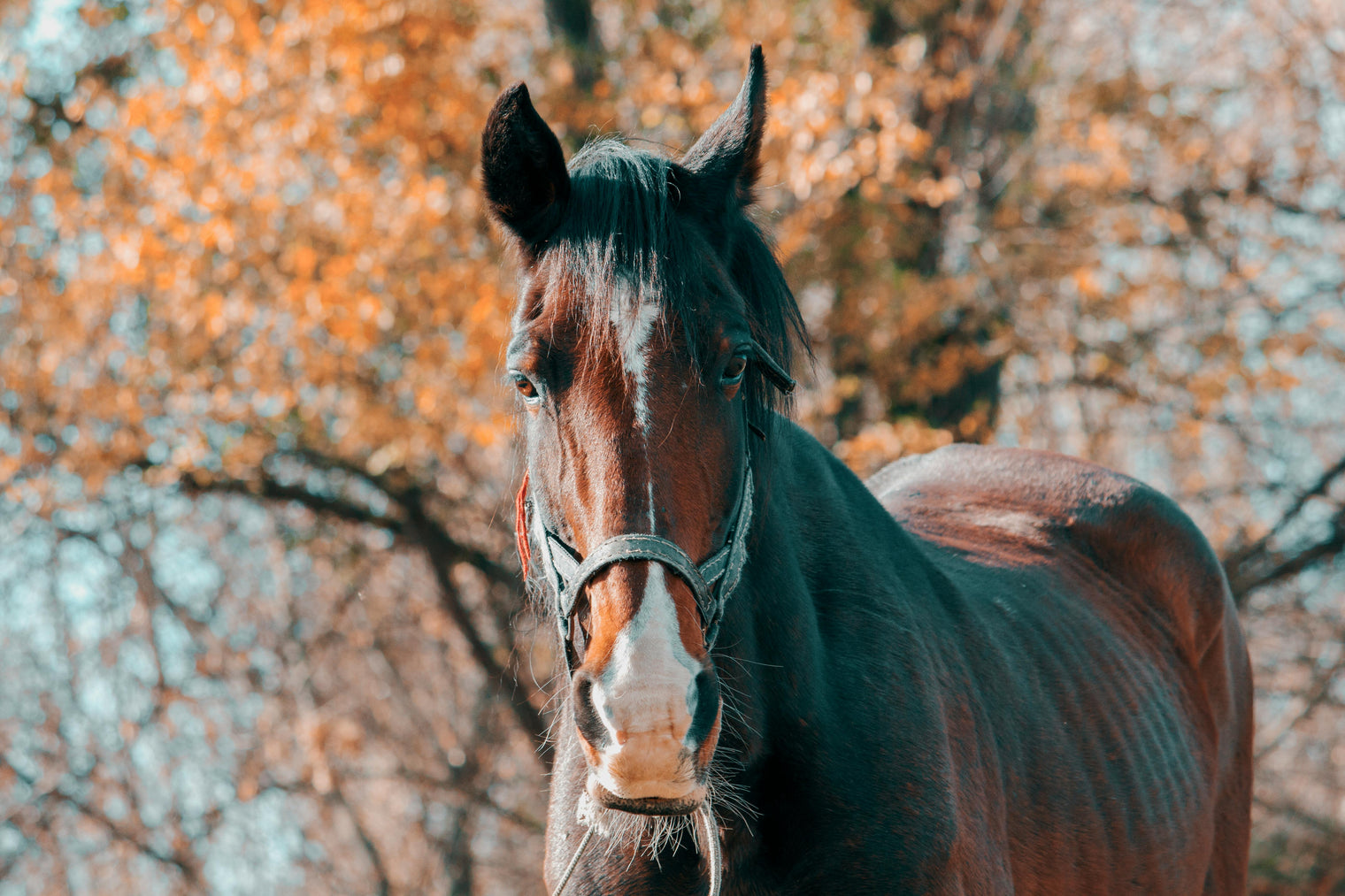After months of unusually hot, dry weather, many horse owners across the UK have faced the same challenge: parched paddocks and poor grazing. By September, we usually expect our horses to have had the benefit of good summer grass, but this year has been different. Pastures have struggled, and the knock-on effect for horse health is worth considering as we head into autumn.
So, what nutritional imbalances might your horse be facing after a summer of drought, and how can you support them?
Poor Grass, Poor Balance
When grass growth stalls, what’s left behind is often coarse, stemmy and lacking in nutrition. Horses may spend hours grazing, but they’re getting less energy, less protein, and fewer essential vitamins and minerals than usual.
In particular, low levels of vitamins A and E, as well as trace minerals such as zinc and manganese, are common when pasture quality drops. Add to this the reduced fibre intake, and the digestive system can quickly come under stress.
Signs to Watch Out For
Every horse responds differently, but here are a few changes you may notice after a summer of poor grazing:
-
Loss of condition or topline despite regular turnout
-
Dull coat or skin problems that seem to linger
-
Loose droppings or changes in manure consistency
-
Fatigue or reduced stamina when ridden
-
In some cases, greater susceptibility to infections or general “sluggishness”
And as rain returns, there’s another risk: fresh grass growth can be rich in sugars. For horses prone to laminitis or metabolic issues, this sudden change can cause real problems if not managed carefully.
What You Can Do
The first step is ensuring your horse has access to good quality forage, such as hay or haylage, to keep the digestive system moving. Introduce any new grazing gradually, and keep a close eye on condition and behaviour. Fresh, clean water is essential too, especially when feeds are dry and fibre-heavy.
But even with careful management, supplements can play a vital role in filling nutritional gaps left by a poor summer.
How Radiance Gold Can Help
At Radiance Gold, we believe in supporting horses from the inside out. This summer has shown just how important it is to keep digestion, immunity and skin health resilient when natural grazing isn’t providing enough.
Radiance Gold Original – Our flagship supplement helps restore balance by supporting gut flora, digestion and nutrient absorption. For horses that may have had less fibre and less variety in their diet this summer, Original provides a strong nutritional foundation going into autumn.
Botanical Boost – If your horse’s skin and immune system have struggled, Botanical Boost delivers a natural blend of echinacea, slippery elm, seaweed and oregano to strengthen defences and improve skin and coat health.
SarcSecret – For horses showing skin irritation or sensitivity, SarcSecret provides targeted support to keep the immune system in check and help skin recover after a tough season.
Looking Ahead
The seasons are shifting, but the effects of a dry summer can linger. By recognising where your horse’s diet may have fallen short and taking steps to correct imbalances now, you can help them move into autumn healthier, stronger and more resilient.
Natural supplements, combined with good management, ensure that your horse gets the nutrition they need—even when the pasture can’t provide it.

